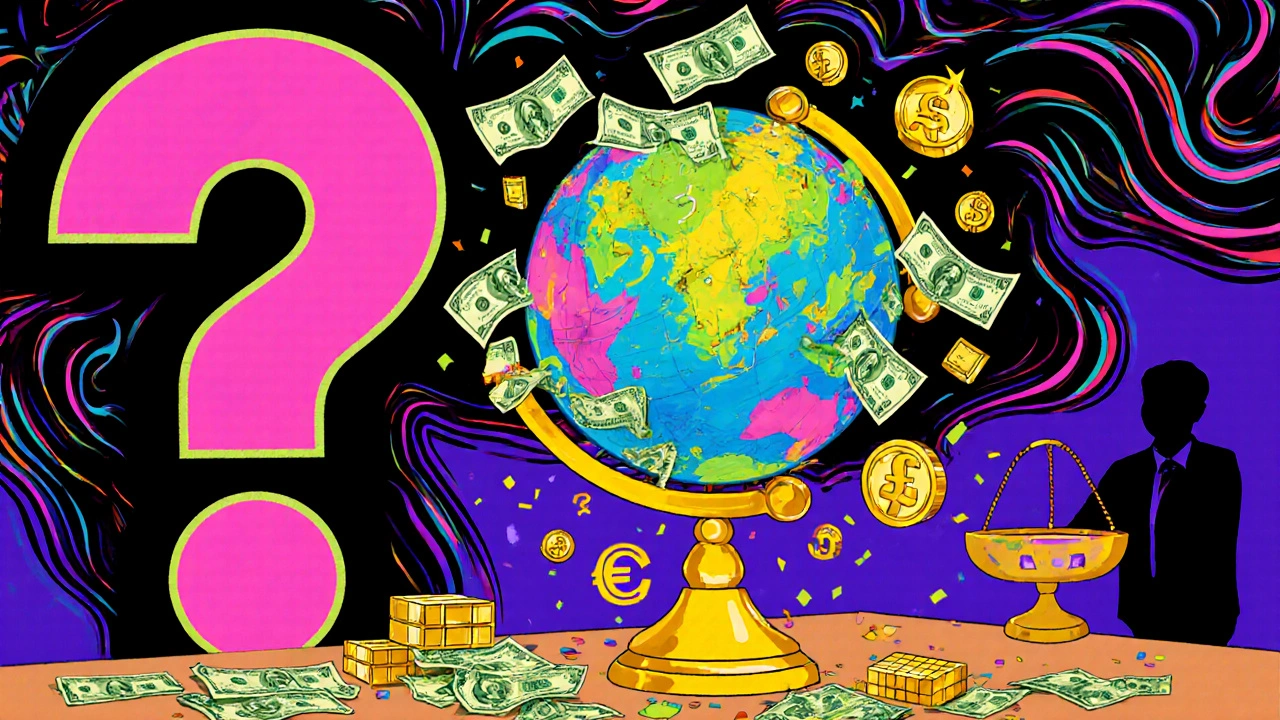Global Portfolio: Build a Diversified Investment Strategy Across Borders
When you build a global portfolio, a collection of investments spread across multiple countries and asset types to reduce risk and capture worldwide growth. Also known as international portfolio, it lets you move beyond U.S.-only stocks and bonds to tap into emerging markets, European tech, Asian manufacturing, and more. Most people think diversification means owning a few different U.S. stocks. But true diversification means owning assets that don’t move in sync — and that often means looking outside your home country.
A global portfolio, a collection of investments spread across multiple countries and asset types to reduce risk and capture worldwide growth. Also known as international portfolio, it lets you move beyond U.S.-only stocks and bonds to tap into emerging markets, European tech, Asian manufacturing, and more. Most people think diversification means owning a few different U.S. stocks. But true diversification means owning assets that don’t move in sync — and that often means looking outside your home country.
It’s not just about picking foreign stocks. A real global portfolio includes government bonds from Canada, real estate funds in Australia, commodities from Brazil, and even emerging market debt. These aren’t just fancy add-ons — they’re tools that help when U.S. markets stumble. For example, when inflation hits the U.S., bonds in countries with lower rates might hold their value better. Or when the dollar weakens, foreign assets often rise in value for American investors. That’s not luck — it’s design.
You also need to think about correlation, how different assets move in relation to each other. Also known as asset relationship, it tells you whether your international holdings are truly adding protection or just copying U.S. market swings. In 2022, U.S. stocks and European stocks moved together more than ever — proving that correlation isn’t static. That’s why you need to check it regularly. The same goes for asset classes, types of investments like stocks, bonds, real estate, and commodities. Also known as investment categories, they form the building blocks of any smart portfolio. A global portfolio isn’t just about geography — it’s about mixing types. You can’t just own international stocks and call it done. You need bonds, cash equivalents, and maybe even infrastructure funds to balance risk.
And you can’t ignore the tools. international trading brokers, platforms that let you buy stocks and bonds outside your home country. Also known as cross-border brokers, they’re the gateway to your global portfolio. Not all brokers are built the same. Some charge high fees for foreign trades. Others lock you into limited markets. The best ones give you access to 50+ countries with low costs and clear tax reporting — something you’ll need when you start earning dividends overseas.
There’s also tax timing. Holding an international stock for more than a year can cut your capital gains tax — but only if you know how to report it. And if you’re using a donor-advised fund, a charitable account that lets you donate appreciated assets and get an immediate tax break. Also known as DAF, it’s a powerful tool for managing gains from global holdings. You can donate foreign stocks you’ve held for years, avoid capital gains tax on the appreciation, and support causes you care about. That’s not just smart — it’s strategic.
What you’ll find below are real, tested ways to build and manage a global portfolio without getting lost in jargon or high fees. You’ll see how to pick brokers that actually work, how to spot when foreign assets are truly diversifying your risk, and how to use tax rules to your advantage. No theory. No fluff. Just what you need to make your money work harder — no matter where it’s invested.





